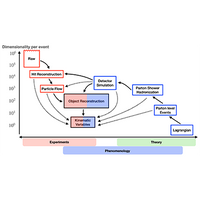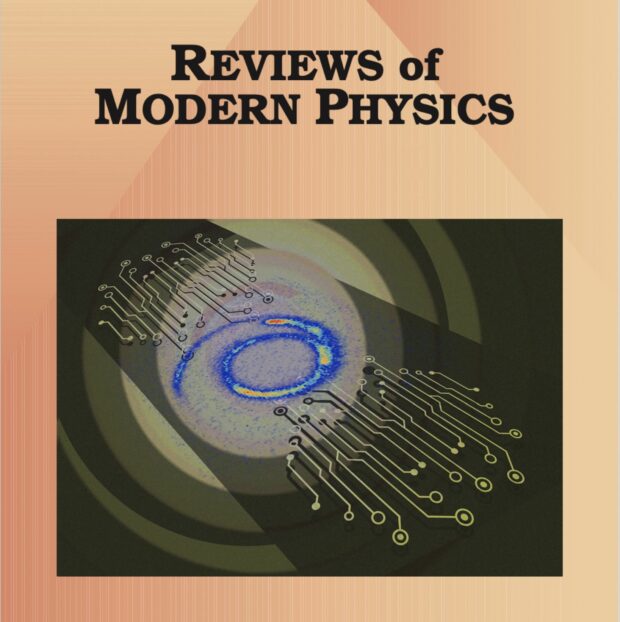粒子现象学的运动变量与特征工程
IF 44.8
1区 物理与天体物理
Q1 PHYSICS, MULTIDISCIPLINARY
引用次数: 0
摘要
运动学变量在对撞机现象学中扮演着重要的角色,因为它们通过将信号事件与不想要的背景事件分离开来,加速了新粒子的发现,并允许测量粒子的性质,如质量、耦合和自旋。在过去的十年里,大量的运动学变量被设计和提出,主要是为了在欧洲核子研究中心的大型强子对撞机上进行实验,允许将高维实验数据急剧减少到低维观测数据,从中可以很容易地提取相空间的潜在特征,并开发出更好的优化数据分析策略。综述了相空间运动学领域的最新进展,总结了具有重要现象学意义和物理应用的新运动学变量。最近提出的分析方法和技术,专门设计利用新的运动学变量也进行了审查。由于机器学习目前渗透到粒子物理的许多领域,包括对撞机现象学,因此讨论了运动变量和机器学习技术的相互联系和互补性。最后,讨论了如何将最初为对撞机开发的运动学变量的利用扩展到其他高能物理实验,包括中微子实验。本文章由计算机程序翻译,如有差异,请以英文原文为准。

Kinematic variables and feature engineering for particle phenomenology
Kinematic variables play an important role in collider phenomenology, as they expedite discoveries of new particles by separating signal events from unwanted background events and allow for measurements of particle properties such as masses, couplings, and spins. For the past ten years, an enormous number of kinematic variables have been designed and proposed, primarily for the experiments at the CERN Large Hadron Collider, allowing for a drastic reduction of high-dimensional experimental data to lower-dimensional observables, from which one can readily extract underlying features of phase space and develop better-optimized data-analysis strategies. Recent developments in the area of phase-space kinematics are reviewd, and new kinematic variables with important phenomenological implications and physics applications are summarized. Recently proposed analysis methods and techniques specifically designed to leverage new kinematic variables are also reviewed. As machine learning is currently percolating through many fields of particle physics, including collider phenomenology, the interconnection and mutual complementarity of kinematic variables and machine-learning techniques are discussed. Finally, the manner in which utilization of kinematic variables originally developed for colliders can be extended to other high-energy physics experiments, including neutrino experiments, is discussed.
求助全文
通过发布文献求助,成功后即可免费获取论文全文。
去求助
来源期刊

Reviews of Modern Physics
物理-物理:综合
CiteScore
76.20
自引率
0.70%
发文量
30
期刊介绍:
Reviews of Modern Physics (RMP) stands as the world's foremost physics review journal and is the most extensively cited publication within the Physical Review collection. Authored by leading international researchers, RMP's comprehensive essays offer exceptional coverage of a topic, providing context and background for contemporary research trends. Since 1929, RMP has served as an unparalleled platform for authoritative review papers across all physics domains. The journal publishes two types of essays: Reviews and Colloquia. Review articles deliver the present state of a given topic, including historical context, a critical synthesis of research progress, and a summary of potential future developments.
 求助内容:
求助内容: 应助结果提醒方式:
应助结果提醒方式:


